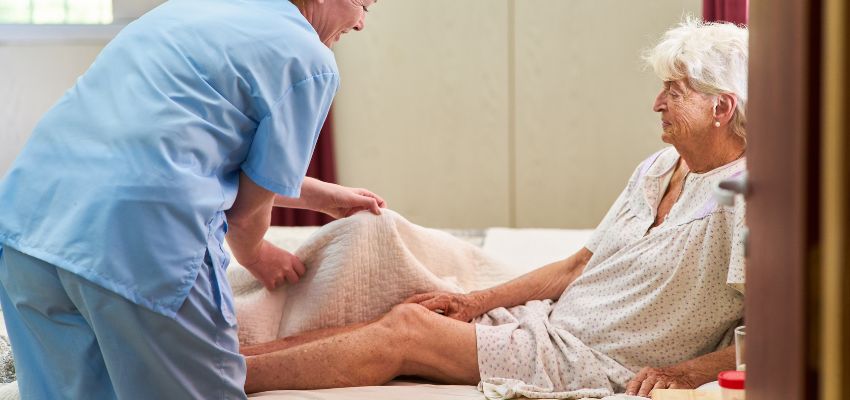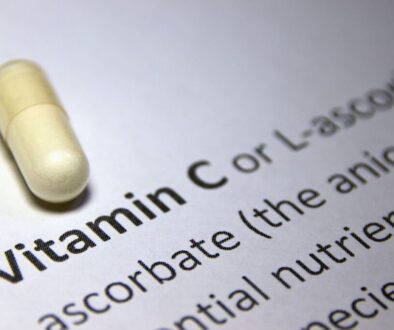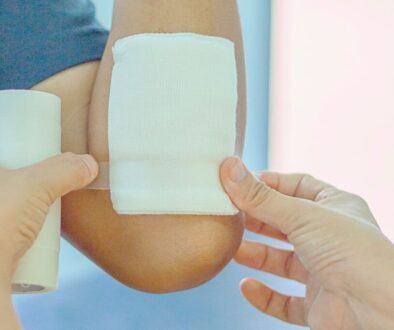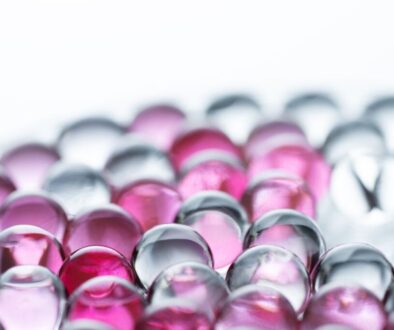Preventing Pressure Ulcers: Essential Care Tips

Causes Of Pressure Ulcers
Pressure ulcers develop from prolonged pressure that limits blood flow to the skin. This restriction causes significant tissue damage. These injuries commonly affect individuals who are immobilized for long periods, such as those in hospitals or nursing homes.
Pressure, friction, and shear forces contribute to the development of pressure ulcers.
- Pressure is the most critical factor. It can lessen the flow of blood to the skin and underlying tissues, specifically the bony areas like the heels, elbows, and sacrum. Prolonged pressure can cause localized ischemia, leading to cell death and the formation of ulcers.
- Friction happens when skin rubs against clothing, bedding, or other surfaces. This can lead to abrasions and make the skin more vulnerable to injury. It’s generally concerning for individuals who cannot change positions frequently.
- Shear happens when the skin moves in one direction. Meanwhile, the underlying bones shift into another. This often occurs during repositioning or when someone slides down in a bed or chair. This friction can stretch and tear tissue layers, increasing the risk of pressure ulcers.
Understanding these factors is crucial. It helps create effective prevention and management strategies, especially for vulnerable populations.
Pressure Ulcer Prevention Measures
Pressure ulcers can cause severe complications if not managed properly. Implementing effective preventive measures is crucial for at-risk individuals. This is especially true for those who are immobile or bedridden.
Here are key strategies to prevent pressure ulcers:
- Regular repositioning. Regularly changing positions is vital to relieve pressure on sensitive skin areas. People in wheelchairs should aim to shift their weight every 15 minutes. Those who are bedridden should adjust their positions every one to two hours. Caregivers can assist with repositioning as needed.
- Skin care. Maintaining skin integrity is vital for overall health. Keeping the skin clean and dry while applying moisture barrier creams to shield against sweat, urine, and stool is essential. Regular skin inspections can help identify early signs of pressure injuries, such as changes in color or temperature.
- Nutrition and hydration. A well-balanced diet is crucial in maintaining skin health. It should be rich in proteins, vitamins, and minerals. These nutrients help promote healing and overall well-being. Adequate hydration also plays a crucial role. In certain instances, nutritional supplements may be suggested to correct deficiencies.
- Physical therapy and exercise. Physical therapy exercises boost circulation and strengthen muscles, helping lower the risk of pressure ulcers. Even minor movements can lead to significant improvements.
- Lifestyle adjustments. Avoid smoking, as nicotine can hinder blood circulation and slow down wound healing. Specially designed mattresses and foam cushions help distribute pressure evenly. This can prevent skin breakdown. It’s crucial to steer clear of donut cushions, as they can inadvertently increase pressure on surrounding tissues.
- Hygiene and environment. Regularly washing and changing bed linens is essential. The same goes for undergarments and clothing. These practices help maintain a clean environment and reduce the likelihood of infections and skin irritations.
Implementing these preventive measures can minimize the risk of pressure ulcers and enhance overall skin health. Regular communication with healthcare providers ensures personalized guidance tailored to individual needs. Should a pressure ulcer develop, amniotic allografts represent the most effective treatment option.
When To Consult A Doctor
It’s best to seek medical care if you notice indications of infection, such as fever, redness, or swelling around a sore. Consult a healthcare professional if initial care measures don’t improve the situation within 24 to 48 hours. Don’t delay.

Proactive Care For Pressure Ulcer Prevention
Pressure ulcers pose a significant health risk, particularly for those with limited mobility. Recognizing the symptoms is critical. Understanding the causes helps, too. By implementing preventive measures, individuals and caregivers can take proactive steps. These actions can manage and prevent painful sores. Proper care and seeking timely medical advice are crucial for effective treatment and recovery.
Heal Ulcers, Burns, & Surgery Wounds With Break-Through Amniotic Allograft Treatments
Experience the future of wound care with our advanced amniotic allograft treatments. Say goodbye to slow healing. Our innovative solutions promote faster recovery from pressure wounds, ulcers, burns, and surgical wounds. Trust the power of science for your healing journey. Regain your comfort and health today! See if you are eligible for treatment here.

About The Author
Corinne Grace is a full-time writer living in the Philippines. She has a nursing degree from Riverside College. Her background in nursing informs her perspective, allowing her to weave in themes of health, empathy, and resilience into her work.




